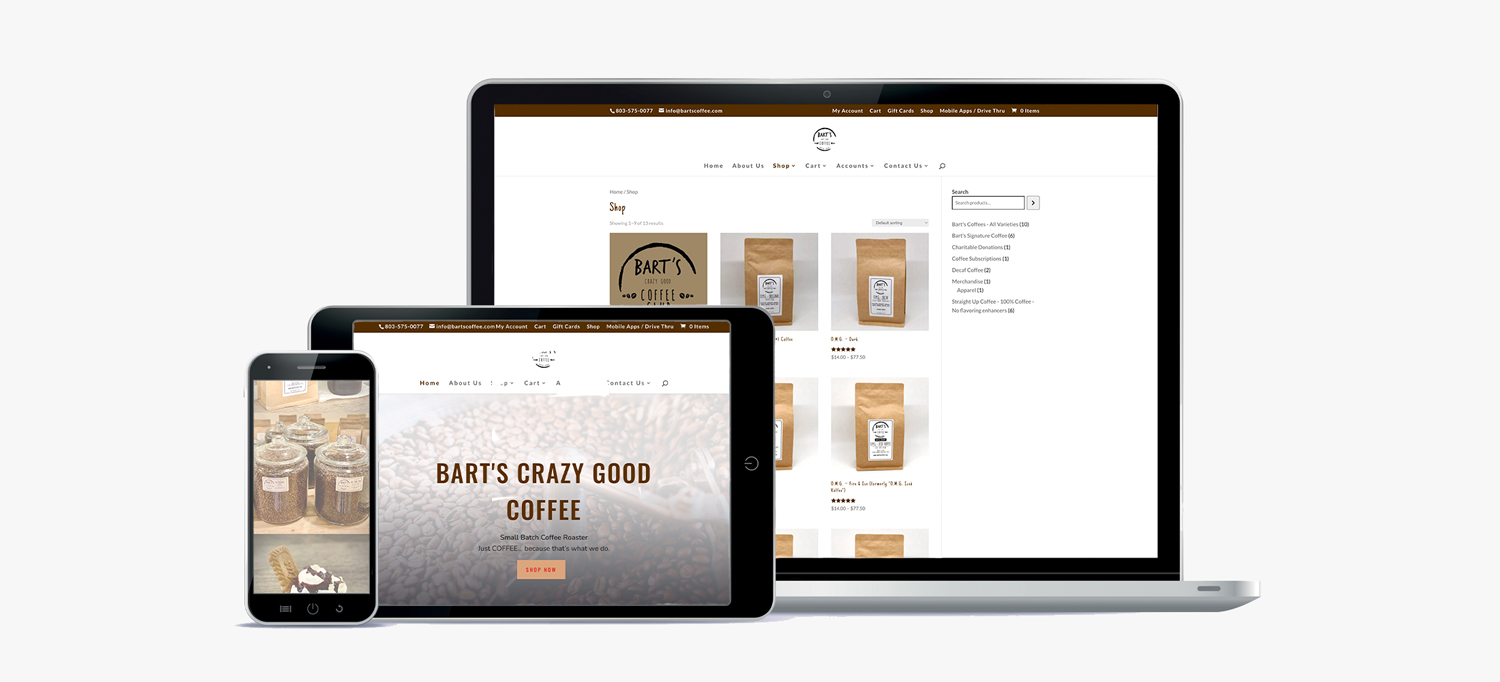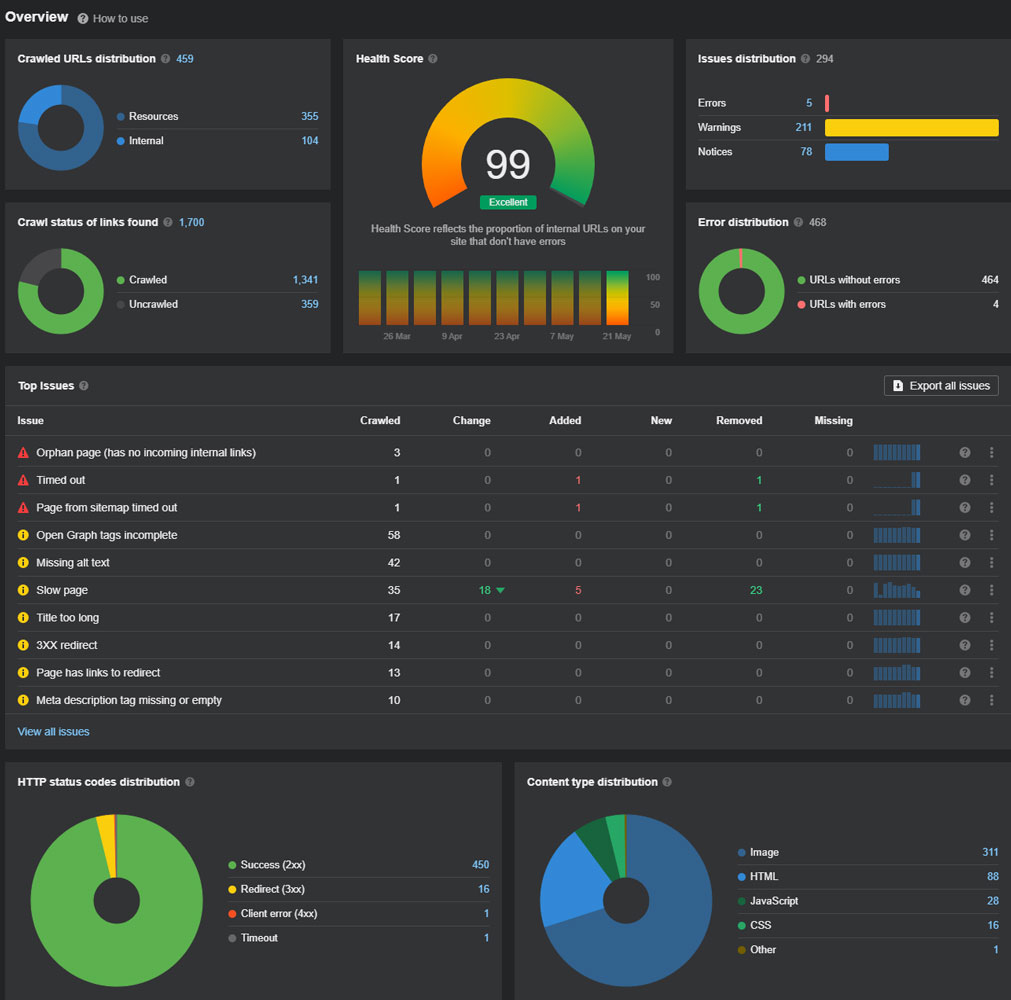Mobile SEO:
Optimizing for the On-the-Go Consumer
Mobile search volume exceeded desktop searches back in 2019 and according to some estimates a super majority of retail searches are performed on a mobile device! Given this, it would be crazy to even consider having a website which wasn’t optimized for mobile… And yet, we routinely have clients come to us with websites that barely function on mobile devices!
Mobile optimization and mobile SEO walk hand in hand, with Google giving preferential rankings to content which doesn’t try to torture mobile users with slow load times and awkward user interfaces. This article will explore what it takes to get a mobile-friendly website which will make your customers happy and rank better on Google too!

What is Mobile SEO?
Mobile SEO is the process of mobile-friendly website design with a focus on ranking well on search engine results pages (SERPs). Most of the emphasis of mobile SEO is page-load times and user experience – as websites built for desktop users are often challenging or even impossible to use on a typical smartphone.
Google has long recognized the importance of mobile-friendly design and has given a search boost to mobile-optimized content since 2014.
The Evolution of Mobile Search
It’s hard to appreciate how far mobile search has come in the past fifteen years. Today, virtually all cell phones are smartphones – capable of browsing the web, streaming video, and much more, but it wasn’t always like this!
In 2009 mobile search represented less than 1% of total search volume in the United States. Put simply, no one used their phones to search for stuff online. Given the state of cellular technology (both the phones and the networks), the overall lack of mobile traffic was understandable.
However, today the average cell phone download speed is 50% higher than the 2017 average desktop download speed, and cell phones now make up the majority of global search volume.
Not only are people using their mobile phones to perform Google searches for memes and videos of puppies, but they are using them to find local businesses. According to a survey conducted in the UK, 65% of retail searches were performed on a mobile device.
Why Mobile SEO Matters
Mobile-First Indexing
Search engine optimization is all about ranking higher on search results pages. However, what people don’t realize is that Google has been using a ‘Mobile-First Indexing’ model since 2019! What this means is that Googlebot is crawling the mobile-version of your website and using that in order to determine your page’s search ranking!
This means if your mobile page contains less information than your desktop page, Google won’t know what your desktop version has to say!
User Experience
The benefits of a mobile-friendly site go beyond making the Google algorithms happy. The extremely fast load times of modern websites has made users unforgiving of slow page speed. If your mobile website takes longer than 3 seconds to load you can count on 53% of your site visitors leaving without ever seeing your content!
A fast loading mobile page isn’t enough, however, and your site should be optimized for use even on smaller screens. If your customers get frustrated with tiny buttons, hard to read fonts, or call to action buttons which don’t work as expected, they will not hesitate to hit the back button and try again elsewhere.

Mobile SEO Best Practices
Responsive Web Design
A responsive website adapts to different screen sizes and orientations, providing a consistent and user-friendly experience across all devices. This not only enhances SEO but also keeps visitors engaged. In a responsive design all devices receive the same HTML code and then CSS data is used to scale the content to fit different devices.
Outdated methods to avoid: In years past, there were two other methods that were used to create mobile content: dynamic serving and redirection to a separate URL. Google recommends against using these methods as your users will be sent different html – literally different versions of the same website – depending on the device they use to access it. This can result in a mobile experience which is significantly different from your desktop version.
User Experience (UX) Focus
Mobile users have distinct needs and behaviors when compared with their desktop counterparts. To cater to them effectively, ensure clear navigation, touch-friendly design elements, and prominent Call-to-Action (CTA) buttons.
Page Load Speed
Mobile users are commonly on the go and impatient. Slow-loading pages can lead to higher bounce rates and lower rankings. Optimize your website for quick loading on mobile devices by using browser caching, image compression, and reducing server response times.
Avoiding Flash & Pop-Ups
Flash content is not supported on most mobile devices, and intrusive pop-ups can be frustrating for users. Avoid using these elements to create a smoother mobile experience.
A common practice that Google recommends against is the overuse of interstitials. These are page-elements which cover the core content of your page and often prompt users to subscribe to a newsletter, or advertise a temporary promotion. These frustrate your mobile visitors in particular, because the buttons which close these annoyances are often hard to spot or press on small screens.
Optimized Metadata
Mobile search results have limited space, so it’s essential to have concise and compelling titles and meta descriptions that encourage clicks. Your customers should be able to get an accurate idea of what sort of content they should expect to see when they click on your search result. Avoid teasers, click-bait, and keyword stuffing!
You also may want to consider using structured data and schema markup where appropriate. These bits of code allow your Google search results to display rich snippets including FAQs or image carousels.
Optimize for Local Search
Mobile search engine optimization is great for local businesses as your customers are incredibly likely to be using their phones to find your business. However, optimizing for the user’s device is not going to be enough to rank! Your content will need to be optimized for local search as well. Check out our article on Local SEO to learn more about how this process works!
Clear and Concise Content
Mobile users often have shorter attention spans, so your content should be concise, scannable, and easy to understand.
Use headings, bullet points, and short paragraphs to make your content digestible.

Tools to Test Mobile-Friendliness
Google’s Mobile-Friendly Test
Google’s online mobile-friendliness test is being retired! This test tool used to be a great way to check to see if a webpage did a decent job at communicating to mobile users, but as of December 1, 2023 it will no longer be available.
Chrome Lighthouse
Replacing Google’s online test service is Lighthouse, a browser-based test plugin which can be run from Google Chrome’s DevTools, command line, or as a Node module. Lighthouse allows you to analyze a wide variety of page performance metrics, including site speed and mobile accessibility.
Mobile Usability Report in Google Search Console (GSC)
An easy way to check how mobile-friendly your site is built right into Google Search Console. Simply click the ‘Mobile Usability’ option in the sidebar and you’ll be shown how the mobile version of your site performs and potential areas of improvement.
Your Site Needs to Be Mobile Friendly!
Today, Google search prioritizes mobile sites and the majority of your web traffic is likely to come from mobile! Between page speed being a powerful ranking factor and the risk of disgruntled users bouncing from slowly loading or hard to navigate sites, the benefits of mobile optimization are too great to ignore!
Whether your business is ecommerce or a local service business, it is imperative that your digital marketing includes an effective mobile SEO strategy. At Cut Throat Marketing, all of our sites are built from the ground up to be mobile SEO compliant. From conversational keywords to responsive layouts, get a website that ranks higher and produces a higher conversion rate!
